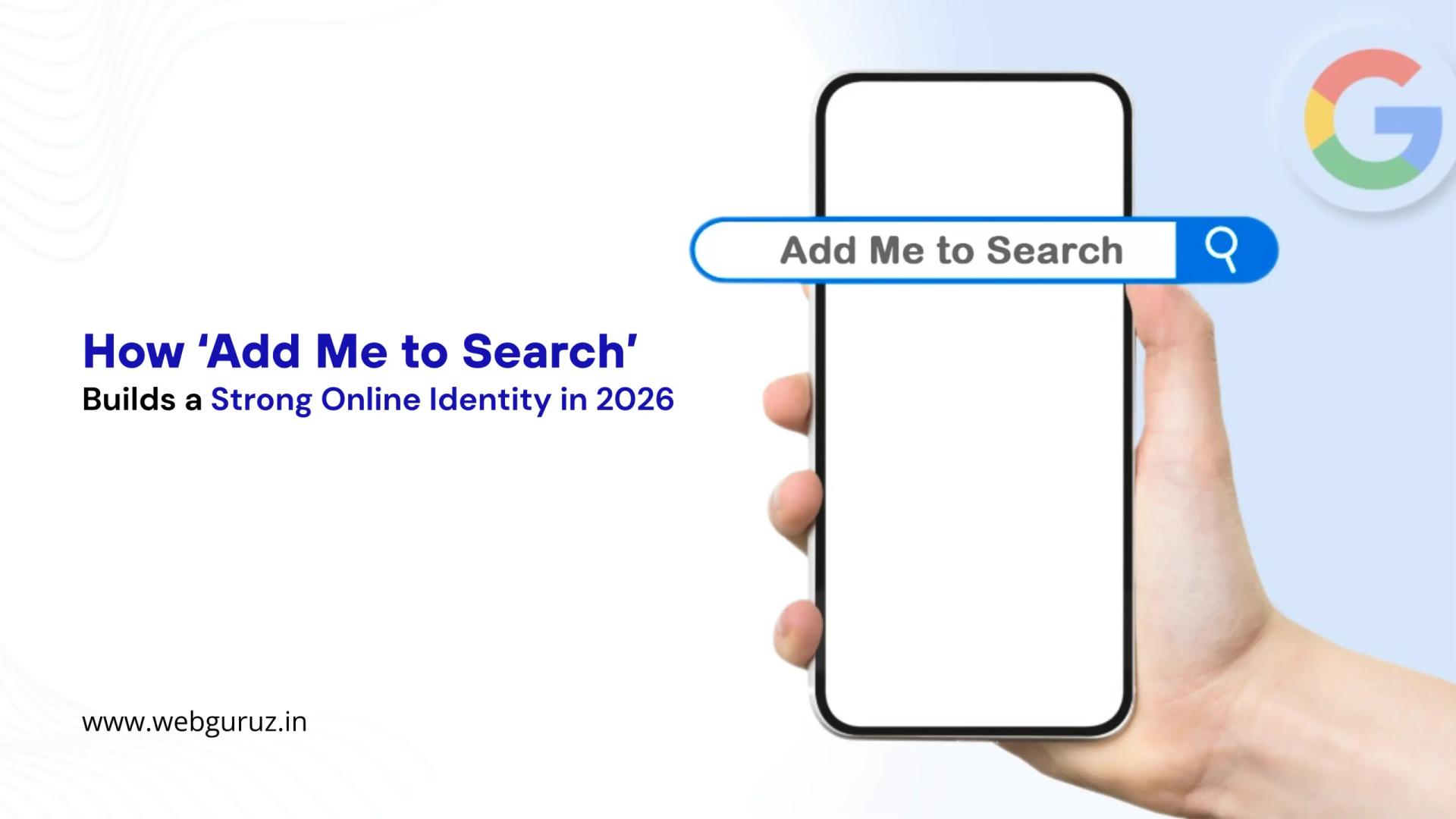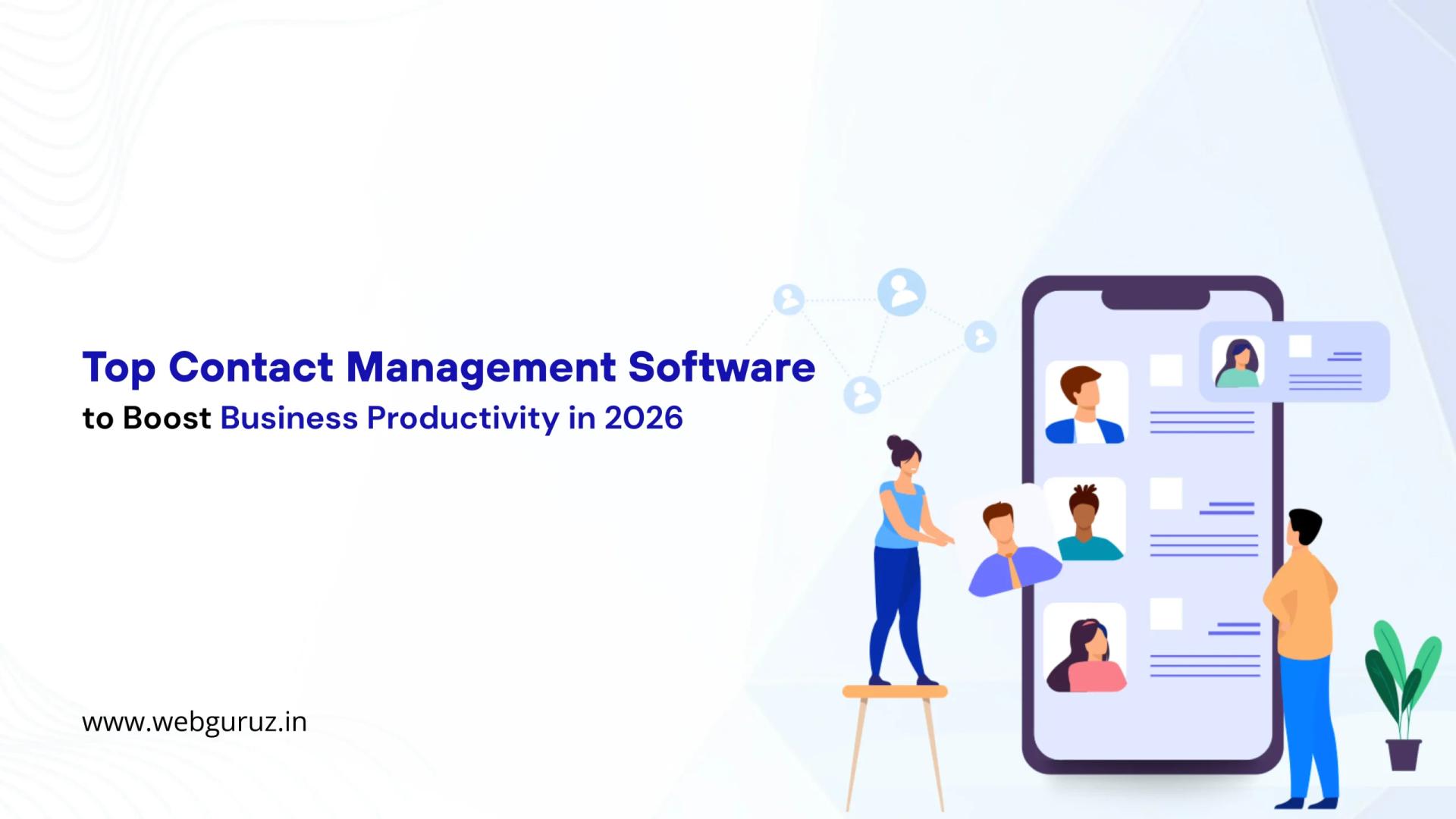WordPress is an online open source tool for website creation. It is written in PHP. It is one of the most widely used content management system (CMS). It is quite simple to use and is therefore quite popular. Despite being an open source tool, the site installation is quite secure. However, when a number of plugins, themes and custom codes are added to the site it becomes prone to attacks by hackers.
Hackers try to infect and control websites. Hacking becomes easy when a hacker finds a hole in a popular software or a plugin used by it. This is because they can infect a large number of websites when they infect just one software. Because WordPress is used by a wide variety of users, it has become vulnerable to attacks by hackers. Also, since it has an open source script, it is prone to security problems.
1. Humans: This is when a person sitting at a keyboard manually probes and attacks a website. When a human attacks WordPress, he controls the speed at which he collects information about your site. This protects them from intrusion detection. He carefully attacks you a number of times so as to avoid detection.
2. A Single Bot: This is when a hacker uses a single automated program or script to attack many sites in an automated way. A bot is basically a program written by hackers to target a large number of websites.
3. A Botnet: This is when a group of machines run a program from a central command and control server and attack many sites in an automated way.
Most attacks on WordPress are accomplished by robots. Hence, they are not as sophisticated as human attacks.
Due to its attractive utility features, WordPress is one of the most sought after sites. It becomes the responsibility of the users to take steps to make the site more secure. In order to improve security of WordPress, some basic measures that can be taken are:
The user can add /wp-login.php or /wp-admin/ at the end of the domain name. Login page URL can be customized and even people’s interactions can be customized. Some steps that can be taken to secure the login page are:
- A lockdown feature can be set-up which bans login after a certain number of login attempts. This will prevent brute force attacks on the website. A number of failed login attempts can be specified after which the hacker’s IP address can be banned.
- The login can be enabled by a two-factor authentication code. This can be decided by the website owner. It can be the regular login password followed by a secret question or code.
- Login can be done using e-mail id instead of user id. This helps in security because user names are easier to predict than email ids.
- Login URL can be renamed. Hackers know the direct URL of the login page. They will try brute force to attack the URL. To prevent the attack by hackers, login URL can be changed to something unique.
- The password can be adjusted by making it a combination of lowercase and uppercase letters/ adding special characters etc.It is the most difficult thing to attack. However, it still needs protection.











